Jazz Patterns.........Joe Henderson & Woody Shaw
Real Gone Music reissues hard to find 1970 live recording
Jazz Patterns is a live album recorded in 1970 by the same great Joe Henderson band that recorded the classic Milestone album, If You’re Not Part Of The Solution, You’re Part Of The Problem. Since its release in 1982 on the Everest Archive of Folk and Jazz Music label, Jazz Patterns has always been an elusive and mysterious album. Everest, once highly regarded by audiophiles, had by 1982 long fallen into the deepest depths of the budget label netherworld and apparently sold Jazz Patterns mainly through a mail order catalog.
They didn’t sell many copies. Probably, because Everest was known for shoddy, often misrepresented releases, and in the long, but unfortunate, tradition of budget labels, the cover of Jazz Patterns was ugly and amateurish. Everest did manage to correctly list the musicians, but omitted any recording location, date, or engineering information, and mistitled two of the tunes.
But the music on the record, wherever and whenever it was recorded, was superb. Jazz Patterns should be a revered part of the Henderson canon, but few have ever heard it. I don’t remember ever seeing the album during decades of record hunting. Neither did the two used record store owner friends I checked with. Not surprisingly, original copies are currently selling for $100 plus on Discogs.
Recently, Real Gone Music released Jazz Patterns for sale in three different vinyl colors and in a special bundle, which includes a peach colored record, a standard black one, plus a test pressing. The newly added liner notes by reissue co-producer, Skip Heller, address the mystery, “The tracks herein were recorded during the performances that became the If You’re Not Part Of The Solution, You’re Part Of The Problem Milestone release of the following year….. (Milestone owner, Orrin) Keepnews sold them outright to Everest Records.”
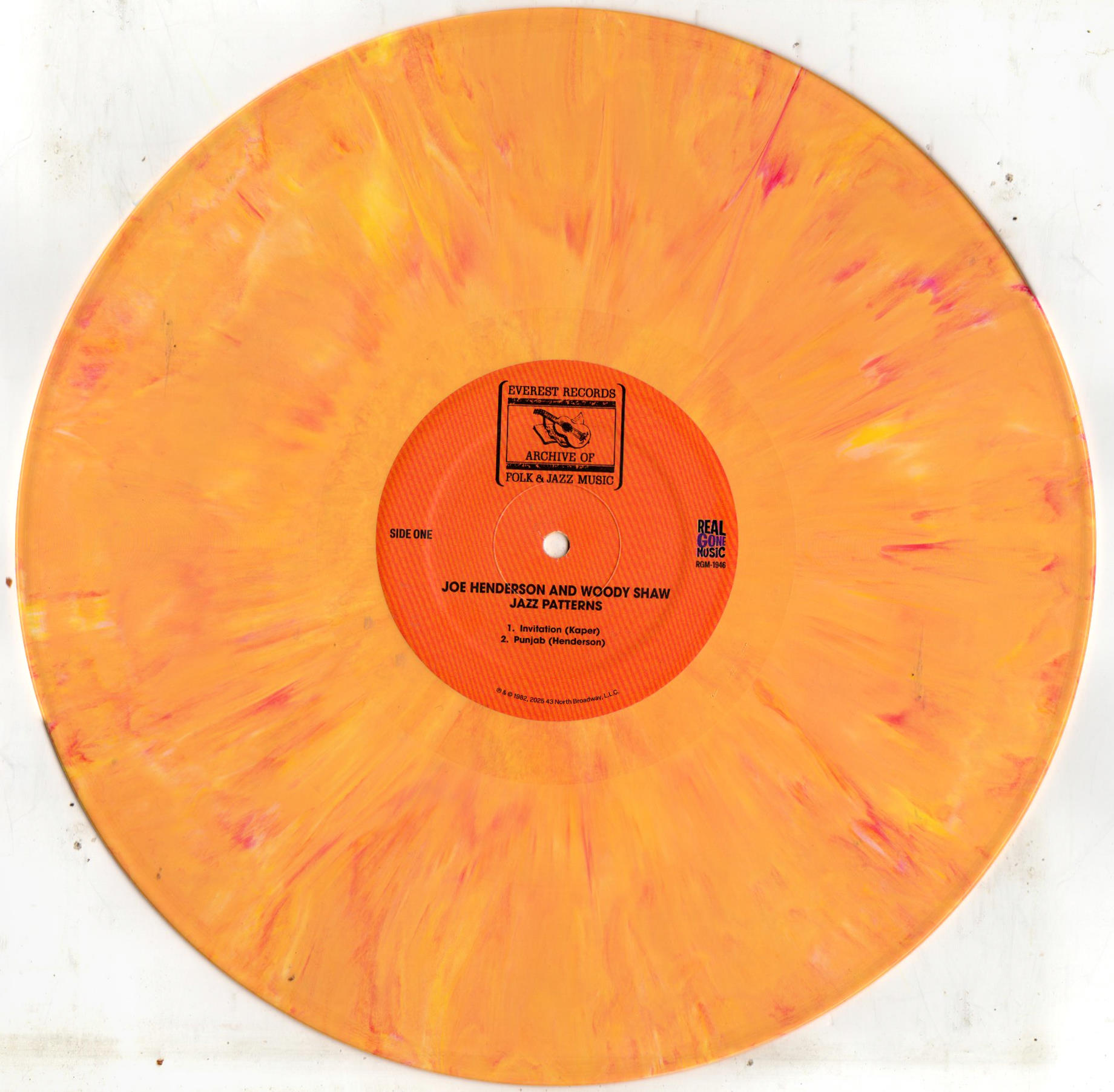
On September 24, 25, and 26, 1970, in Hermosa Beach, California, at The Lighthouse, the scene, two months before of Lee Morgan’s live album, the Joe Henderson Quintet recorded their own live album, which was released as If You’re Not Part Of The Solution... The band consisted of Henderson’s tenor sax accompanied by Woody Shaw (trumpet, flugelhorn), George Cables (electric piano), Ron McClure (electric and acoustic bass), Lenny White (drums), and Tony Waters (percussion). Despite the use of electric instruments, this was not a Bitches Brew styled fusion group. The compositions and soloing remained firmly rooted in the hard bop/post bop style, but were played over McClure’s modal bass vamps and White’s loose drumming, which was closer to free jazz than rock or Soul/R&B.
Jazz Patterns begins with the band’s version of the romantic ballad “Invitation.” During fifteen plus minutes, they take the song through a variety of dark colors and sometimes ominous moods. Henderson plays the melody with his big, rich sound over the restrained swinging of the rhythm section, which becomes increasingly aggressive as his solo begins to heat up. He plays freely, moving far away from the basic harmony, with repeating scalar runs and honks while swinging hard. Shaw begins by quoting a short snippet of the melody to remind the audience, and perhaps himself, of what tune they are playing before running down some late ‘60s Miles voodoo---long, melancholic lines that interact with the drumming of Lenny White, who hints at and finally slips into a rock back beat. George Cables plays a lyrical, melodic solo, staying much closer to the structure of the tune than Henderson and Shaw. He swings lightly until there is a sudden, seemingly unplanned, jump into double time when he, McClure, and White find a hard groove.
“Punjab,” a classic Henderson original, is a blues with an unusual eighteen bar structure, which he originally recorded in 1964 on the Blue Note album, In ‘n Out. Henderson’s playing is much freer in 1970. His lines float loosely over the structure, spiraling up in creative-agitation, mini-improvisations on short motives. He even plays some Rollins licks and a keening Coltrane wail. It’s a masterful solo. Woody Shaw somehow matches Henderson’s intensity and digs deep into the rhythm while playing some amazing trumpet and blazing through abstract harmonies. Lenny White is right there with him, sounding like a rock influenced Elvin Jones, and Shaw’s solo is a near duet with him. After all that, George Cables’ bop melodicism seems anticlimactic and he probably knew it because it’s a short solo.
“Power To The People” was the title track of Henderson’s then current album. The tune is modal over a vamp, and the melodic content acts as more of a fanfare to introduce the soloing than as a structure. This version is seventeen minutes long and very free. Ron McClure’s repeating bass figure serves to hold the music together while creating an edgy, unsettled mood. Henderson has been called an “in ‘n out player.” His solo here may be as “out” as he ever got. He plays in intense control but beyond himself, near the limit of his style and technique. Wailing shrieking, playing incredibly complex lines and wild, far out licks but always with that hard loose/tight swing. It all pours through him and out of the horn. The greats are great because they get out of the way of the music. Woody Shaw enters, sounding like Miles. Obviously, he had been listening to Bitches Brew which was released six months earlier. After about a minute, he starts playing on an Indian sounding scale and looks around for his duet partner. Soon, he and Lenny White are engaged in musical duel/duet/conversation. George Cables had heard Bitches Brew, too. His solo is a bit spacey and free for him, and he gets funky. They take the tune out with Lenny White playing a back beat while Henderson and Shaw tear through the theme and then go tumultuously free.
The music on Jazz Patterns has the edgy, wild, chance taking, creativity with rough spots, feeling of musicians playing for fun, not technical, releasable perfection. Was it a club performance that the musicians didn’t know was being recorded? The liner notes on the Real Gone Music reissue state, “I’m guessing these were first night performances…” Is it possible that official recording didn’t start until the second and third nights, and these were practice run throughs? Interestingly, percussionist Tony Waters is audible and credited on the Milestone issued tracks, but I don’t hear him on Jazz Patterns. He was not listed in the personnel on the back of the Everest album but is listed on the RGM reissue.
Milestone hired the legendary Bernie Grundman to do the recording at the Lighthouse. The If You’re Not Part Of The Solution… album is a very good, well balanced, wide separation stereo recording with excellent dynamics and frequency range. The tracks on Jazz Patterns have overly loud bass, under recorded drums, and a slightly rolled off treble. Sonically, they are not all like the Milestone album. The liner notes mention the possibility of first night engineering issues and that “The actual tapes that changed hands were 2-track rough- rough- reference mixes, not multitrack masters from which proper mixes could be generated.”
Now it’s time to discuss the major sonic issue with the RGM reissue. It’s mono. Yes, mono. All three copies I listened to—the peach, the black, and the test pressing —all played mono. The Milestone album is stereo. I don’t own an Everest original and couldn’t find anyone who does, but the copies of it posted on YouTube seem to play stereo. If the Everest issue was stereo, why isn’t this reissue stereo? The RGM album cover doesn’t claim to be stereo, but a note on the cover or on the RGM website telling potential customers that the record is mono would have been appropriate.
So, for a mono record, how does it sound? Well, not great. Just OK. Sonically, this is far from an audiophile quality recording. I mentioned the overly loud bass and the under recorded drums. The treble is rolled off, and the slight dynamic flatness and veiling of a copy tape is audible. The sound has an overall harshness that I found unattractive, but not so much that I couldn’t enjoy the music. RGM doesn’t reveal the source they cut the master from. Usually, that means a digital file.
All three LPs in the $99.99, limited to 15 copies, “Joe Henderson bundle” I purchased were well pressed by Gotta Groove Records, without scratches or flaws, and played quietly. The peach colored record had a slight edge warp that did not affect play. I was very curious to hear if the test pressing would sound different from the standard issue records. I did not hear any difference sonically or in pressing quality.
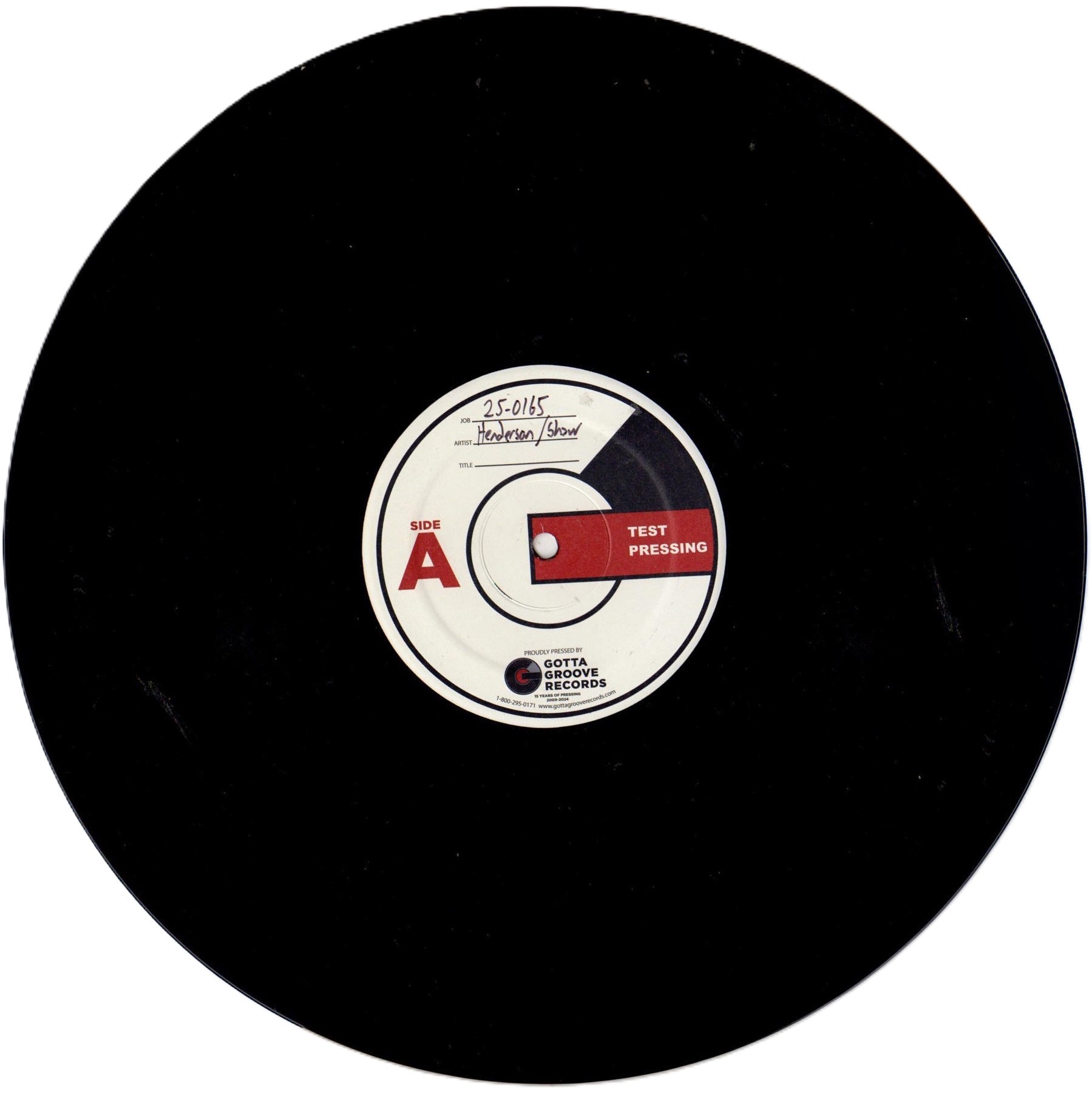
The music on Jazz Patterns is passionate, adventurous, and virtuosic, but it is not swinging, in the pocket, melodic jazz. Fans of mid-60s Coltrane and Rollins, or possibly Bitches Brew, might enjoy Jazz Patterns. Sonically, I cannot recommend the album. A dedicated Joe Henderson fan, uninterested in or able to put audio issues aside, and who counts If You’re No Part Of The Solution, You’re Part Of The Problem as a favorite album, might consider purchasing the $23.99 black vinyl edition.
Copyright and all rights reserved 2025 by Joseph W Washek




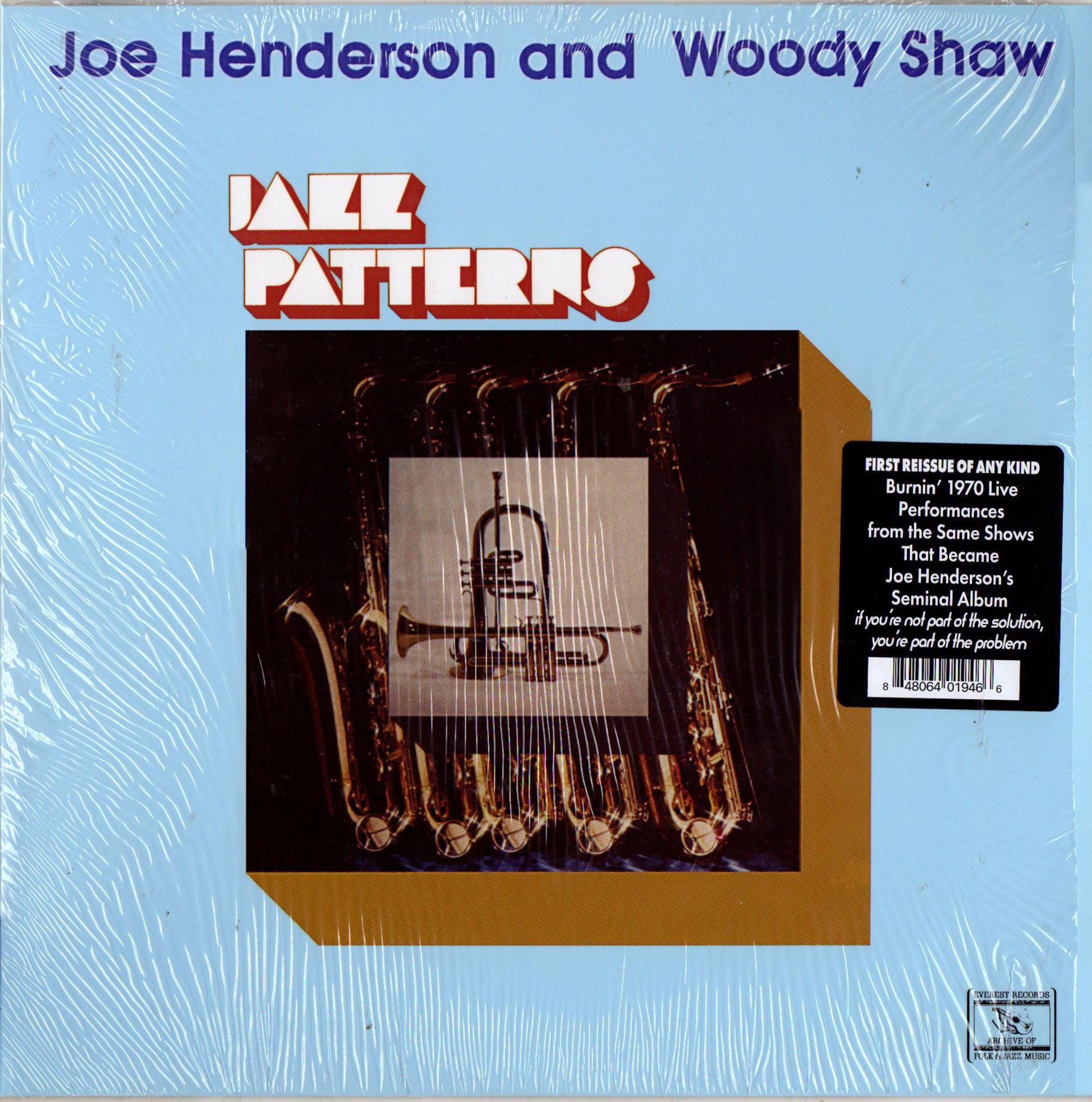





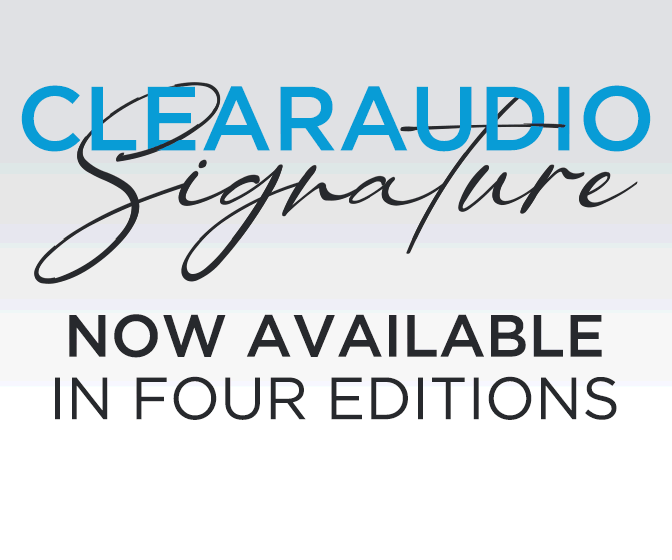

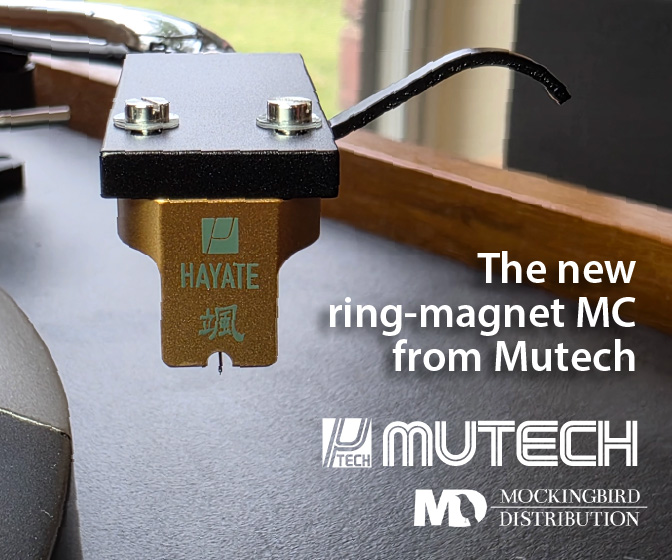
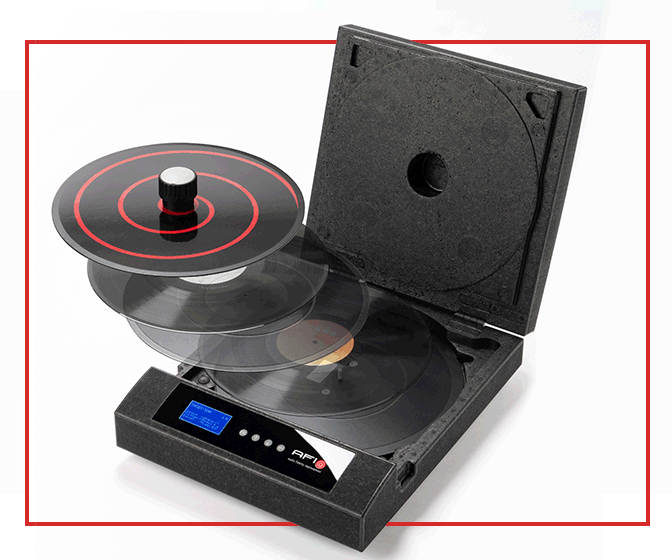

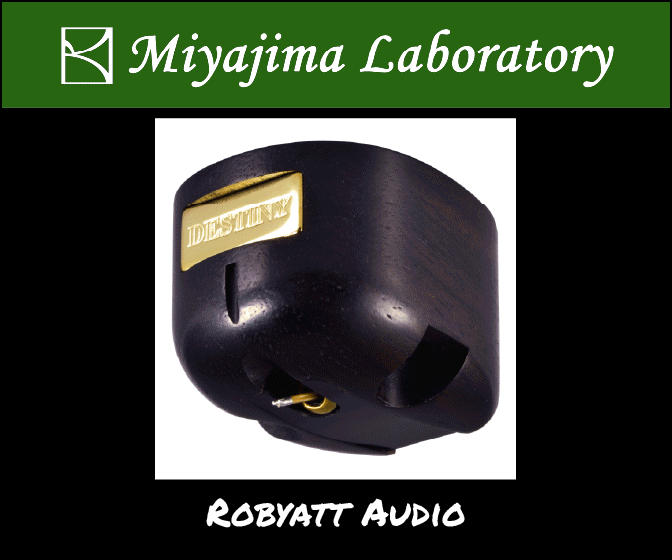
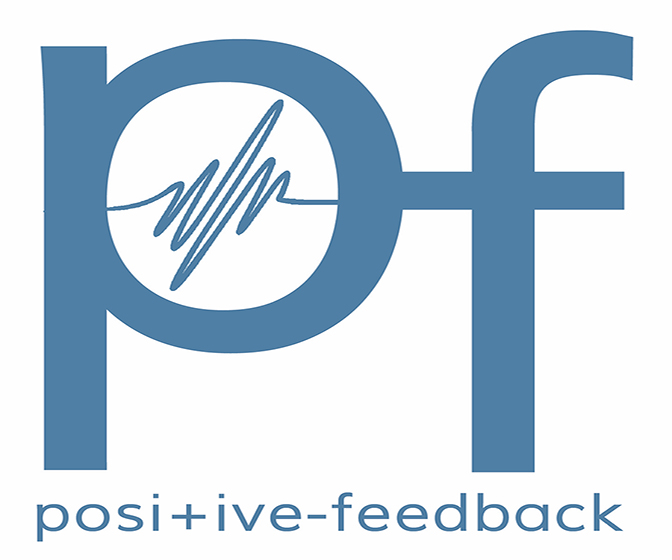




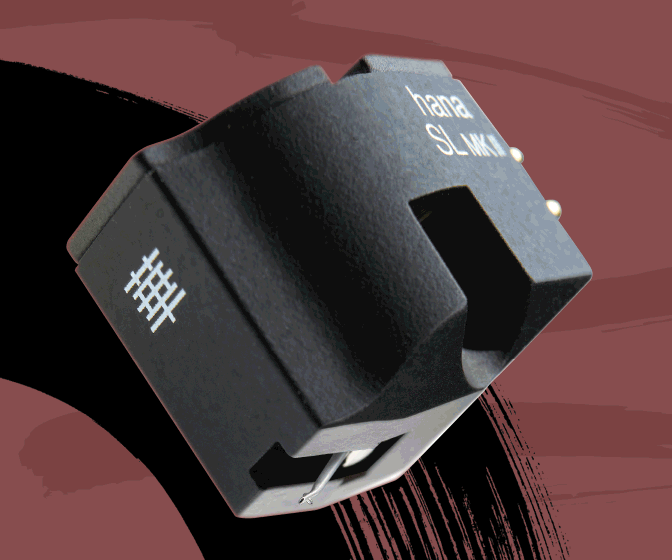

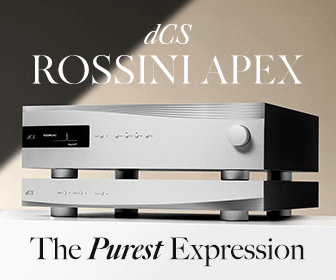
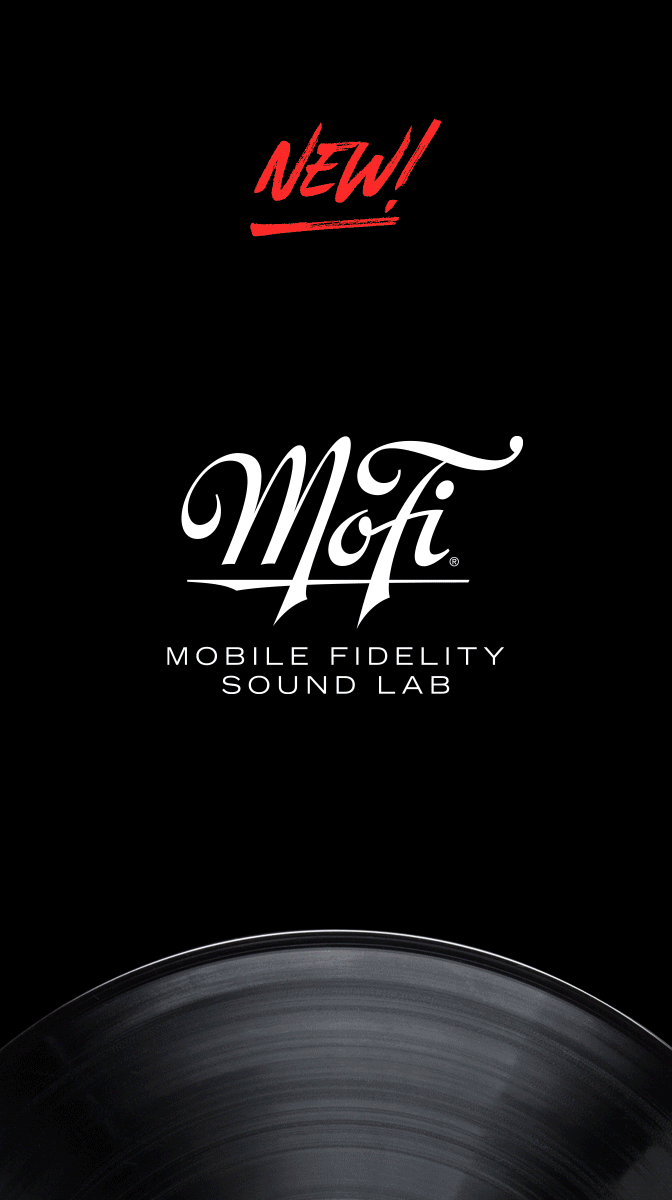



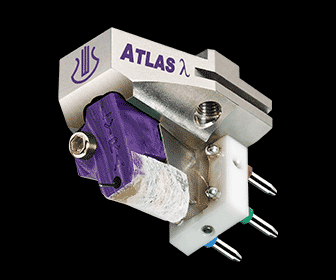

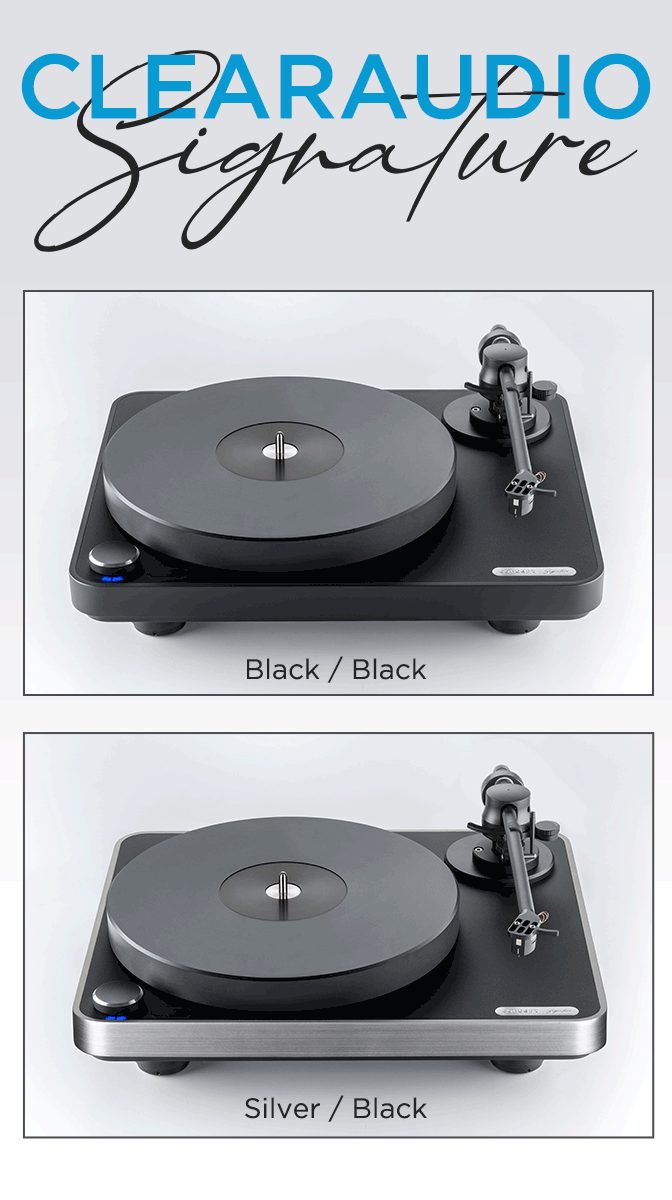


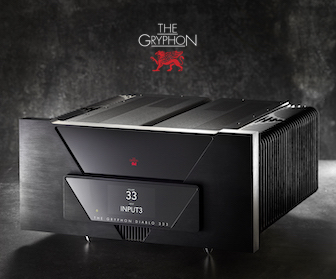
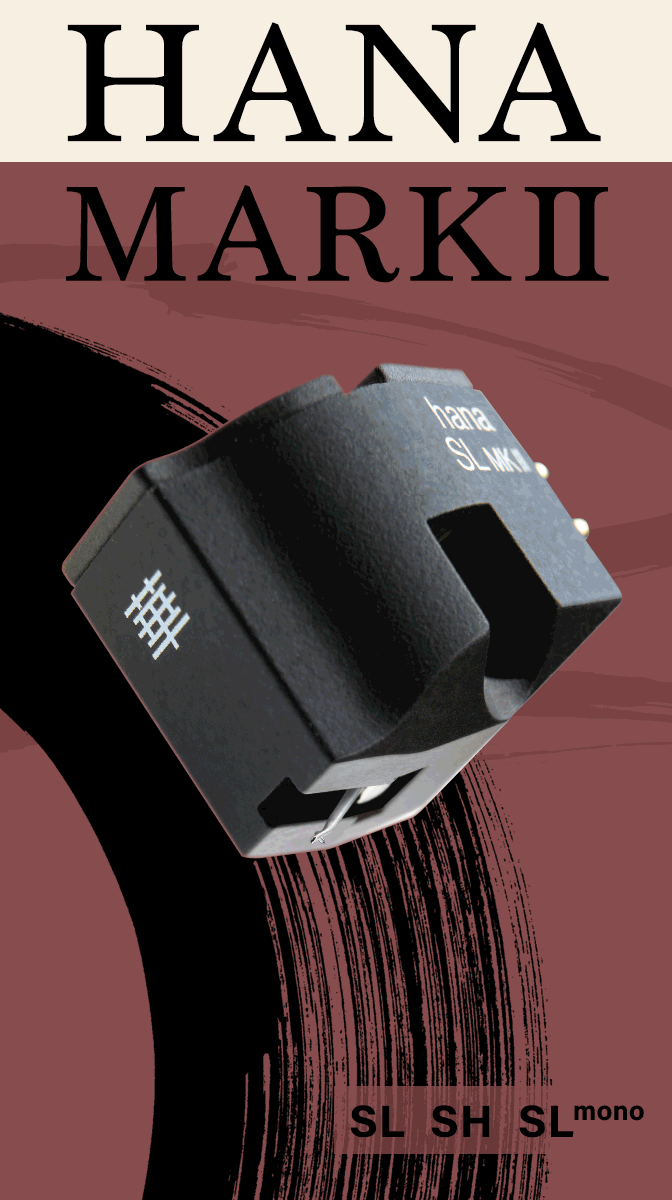









.png)








